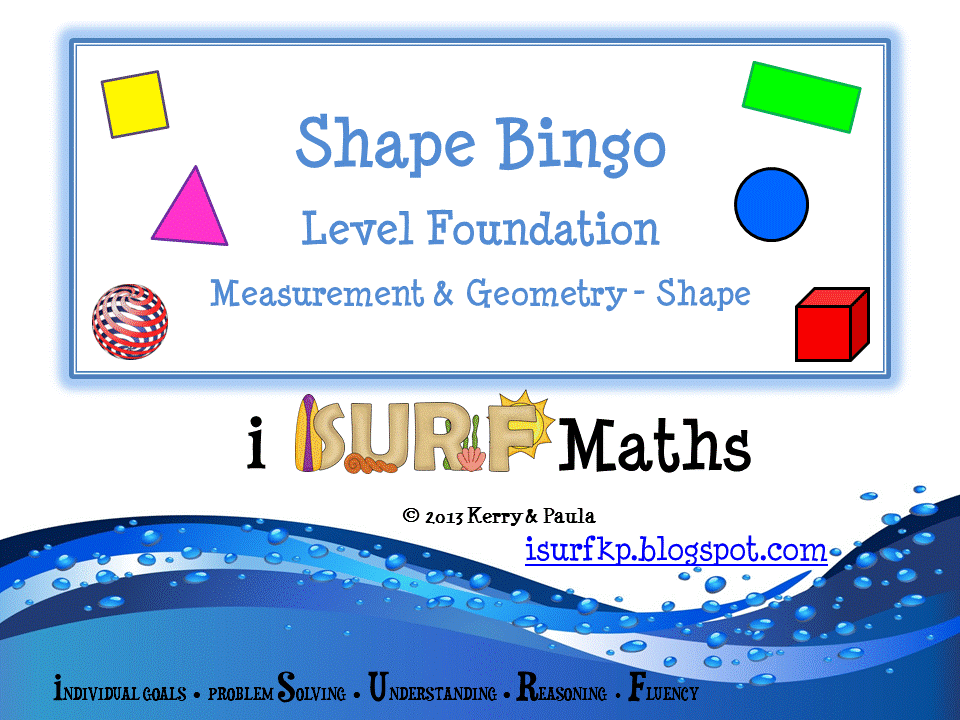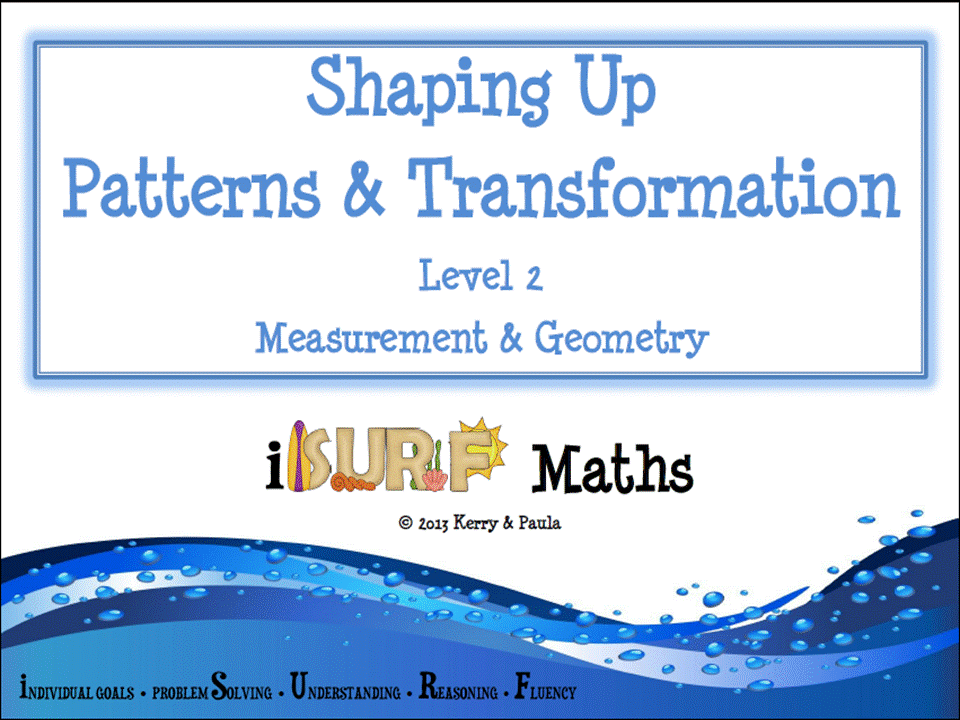Mathematical language (continued)...
Earlier this year we we looked at the following questions...
How important is the language we use when teaching Mathematics???
Is there a common language used at your school to teach and discuss specific Maths concepts???
Do you have a particular resource that guides your teaching and helps form the basis of the language used???
Interesting questions that are worth a few moments to think about...
Yes, Mathematical language is incredibly important as it forms the basis for all learning. We use it to build and extend skills and develop understanding, so the correct use of terminology and consistency across a school helps scaffold students for success. Using a common language helps avoid confusion for both staff and students and ensures there is a strong foundation for growth.
There are many quality resources available to help both teachers and students develop their understanding of Mathematics. One of my favourites is Teaching Primary Mathematics by Booker, Bond, Sparrow & Swan. This particular resource provides detailed sequences of mathematical learning based on years of extensive research with children. This particular resource, linked to our Australian curriculum, helps form the basis of language used in many classrooms and schools.
Earlier we have looked at the language of addition and subtraction. This week we will explore the language used when teaching multiplication (based on content from Teaching Primary Mathematics).
The language of multiplication:
repeated addition - the first terminology used for used for multiplication. Students will grasp this concept through stories and visual prompts. Example: 5 trading cards in 3 piles is 5 + 5 + 5 = 15
However, soon after this concept is introduced and understood, it is important to move onto groups of and arrays.
groups of - is a logial term that can help students understand the concept of repeated addition.
arrays - once repeated addition is understood, arrays are introduced. Arrays arrange objects into rows and help students learn basic facts. Example: 2 fives
OOOOO
OOOOO
multiplied by - this term helps formalise the process of multiplication and can be introduced after introducing the multiplication symbol x
renaming - this is a crucial step in solving multiplication problems. Understanding place value (for example ten ones is 1 ten) is essential for students to be able to complete a multiplication algorithm that requires renaming
Alternative expressions can be introduced once the multiplication concept is fully understood (this is important as it is likely students will see and hear these other terms and need to know what they mean). These terms can include such words as: times and trading
Do you have any other language associated with multiplication? Feel free to add to our collection!









